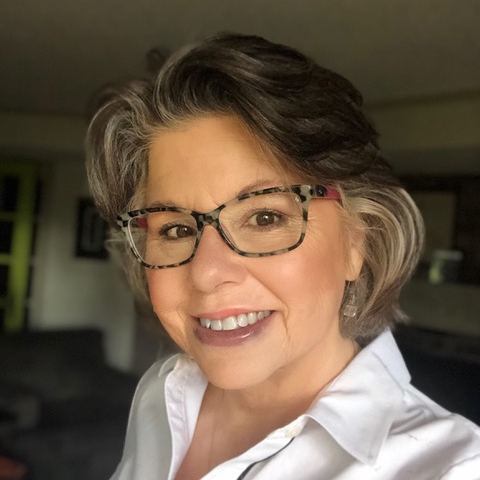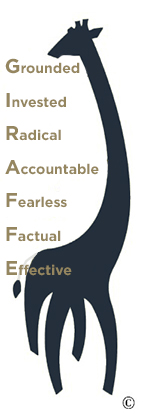 An excerpt from my recent Sticky Situation article in Choice Magazine.
An excerpt from my recent Sticky Situation article in Choice Magazine.
“I’ve been hired to coach an executive who is African American and in a crucial position in a large tech firm. His female director is white. She sees the tension in his department and attributes it to a lack of leadership. He says it’s because he deals with bias and racism, resulting in a lack of respect and commitment to performance. The director isn’t buying it. How do I navigate this sensitive and important issue given what’s currently happening in societies around the world. “
response by Victoria Trabosh
We live in a world many people continue to interpret through their own personal, biased, and limited lens. In this case, the director’s narrow view may be through her white, female lens. She may be dismissing his assertions because she has no idea what to do about them.
Your client’s beliefs of why he is unable to be effective must not be minimized or ignored. Bias and racism have become buzz words, yet recognized as real and limiting factors in a person of color’s growth in many organizations. Does that speak to all the reasons for his lack of success? The an- swer to that question is unknown. But steps need to be taken at the company’s highest levels to have the race conversation, which will make people uncomfortable.
Clear policies must exist which address bias and racism. If people of color are not at the highest leadership levels, and if micro-aggressions have been mentioned before but ignored, this is additional evidence that it is time for a difficult conversation.
Coaching is needed now more than ever to facilitate these conversations. Your client cannot educate his director nor his staff about bias and race by himself. But he should be a part of the more meaningful conversation within the company. People who are affected by an issue need a seat at the table.
Action for your client may include en- couraging the highest levels of leadership (not just the HR department) of the com- pany to have the race conversation, not to accuse, but to inform and educate. None of us can understand what it means to be ‘the other,’ whether that ‘other’ label is based on race, gender, sexual orientation, culture, or creed. We must seek to understand rather than be understood.
If I were his coach, I would hold the space and allow him to speak his truth and not argue it. Then, I would work with him to prepare a presentation for the leadership team to outline the racism and bias issues and have him offer to begin a collaborative discussion within the company. If the com- pany is not willing to take this on now, they will be left behind by those who know the time is now, and he will find a new place to take his leadership.
As a coach, look beyond what is presented and seek to solve the underlying issue.
View original article here
Published in, and reproduced with permission from, choice, the magazine of professional coaching www.choice-online.com
Tags: bias, Business, coaching, conversation, people, personal, policies, racial injustice, Racism






